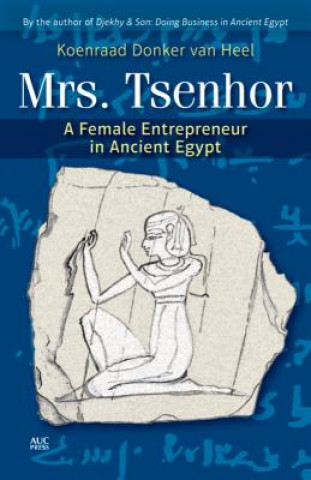
Code: 05063126
Mrs Tsenhor
by Koenraad Donker Van Heel
Tsenhor was born about 550 B C E in the city of Thebes (Karnak). She died some sixty years later, having lived through the reigns of Amasis II, Psamtik III, Cambyses II, Darius I and perhaps even Psamtik IV. By carefully retracing ... more
- Language:
 English
English - Binding: Hardback
- Number of pages: 256
Publisher: The American University in Cairo Press, 2014
- More about this

35.48 €

Low in stock at our supplier
Shipping in 11 - 15 days
Potřebujete více kusů?Máte-li zájem o více kusů, prověřte, prosím, nejprve dostupnost titulu na naši zákaznické podpoře.
Add to wishlist
You might also like
-

Mixed Lubrication in Hydrodynamic Bearings
177.62 € -

Oma's Küchenschätze
9.29 €
Give this book as a present today
- Order book and choose Gift Order.
- We will send you book gift voucher at once. You can give it out to anyone.
- Book will be send to donee, nothing more to care about.
More about Mrs Tsenhor
You get 89 loyalty points
 Book synopsis
Book synopsis
Tsenhor was born about 550 B C E in the city of Thebes (Karnak). She died some sixty years later, having lived through the reigns of Amasis II, Psamtik III, Cambyses II, Darius I and perhaps even Psamtik IV. By carefully retracing the events of her life as they are recorded in papyri now kept in museums in London, Paris, Turin, and Vienna, the author creates the image of a proud and independent businesswoman who made her own decisions in life. If Tsenhor were alive today she would be wearing jeans, drive a pick-up, and enjoy a beer with the boys. She clearly was her own boss, and one assumes that this happened with the full support of her second husband Psenese, who fathered two of her children. She married him when she was in her mid-thirties. Tsenhor - - who was probably named after her father's most important client - - was a working wife. Like her father and husband, she could be hired to bring offerings to the dead in the necropolis on the west bank of the Nile. For a fee of course, and that is how her family acquired high-quality farm land on more than one occasion. But Tsenhor also did other business on her own, such as buying a slave and co-financing the reconstruction of a house that she owned together with Psenese. When Tsenhor decided to divide her inheritance, her son and daughter each received an equal share. Even the papyri proving her children's rights to her inheritance were cut to equal size, as if to underline that in her household boys and girls had exactly the same rights. Tsenhor seems in many ways to have been a liberated woman, some 2,500 years before the concept was invented. Embedded in the history of the first Persian occupation of Egypt, and using many sources dealing with ordinary women from the Old Kingdom up to and including the Coptic era, this book aims to forever change the general view on women in ancient Egypt, that is far too often based on the lives of Nefertiti, Hatshepsut, and Cleopatra.
 Book details
Book details
Book category Books in English Humanities History History: earliest times to present day
35.48 €
- Full title: Mrs Tsenhor
- Subtitle: A Female Entrepreneur in Ancient Egypt
- Author: Koenraad Donker Van Heel
- Language:
 English
English - Binding: Hardback
- Number of pages: 256
- EAN: 9789774166341
- ID: 05063126
- Publisher: The American University in Cairo Press
- Weight: 626 g
- Dimensions: 150 × 230 × 24 mm
- Date of publishing: 30. May 2014
Trending among others
-

Guns, Germs, and Steel
16.77 € -

History of the Decline and Fall of the Roman Empire
13.33 € -28 % -

Hidden Figures
15.46 € -23 % -

Transformation of the World
33.35 € -

Cold War
14.35 € -22 % -

Chernobyl Prayer
10.61 € -20 % -
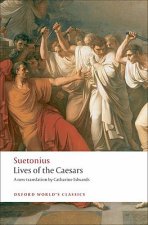
Lives of the Caesars
10.30 € -28 % -
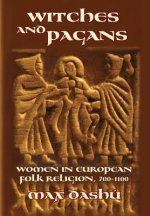
Witches and Pagans
25.77 € -

Safe Area Gorazde
19.30 € -28 % -

Fall of Yugoslavia
11.31 € -28 % -
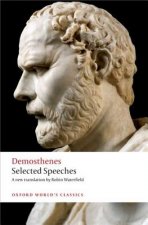
Selected Speeches
13.13 € -23 % -

Hollow Crown
14.35 € -22 % -

Discovery of the Mind
16.57 € -

French Indochina War 1946-54
16.67 € -21 % -
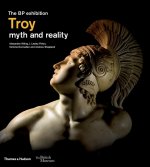
Troy: myth and reality (British Museum)
27.39 € -22 % -

History for the IB Diploma Paper 2
38.51 € -5 % -

Ancient and Medieval Siege Weapons
18.29 € -12 % -

Stranger Than We Can Imagine
10.30 € -28 % -

Intermediate Greek-English Lexicon
38.71 € -

Almohads
43.87 € -

The Origins of Totalitarianism
10.40 € -22 % -
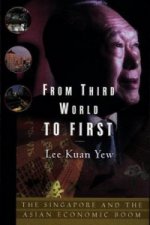
From Third World to First
14.04 € -20 % -

Tuesdays With Morrie
10.30 € -28 % -

Illustrated Encyclopedia of Uniforms of World War I
20.61 € -27 % -
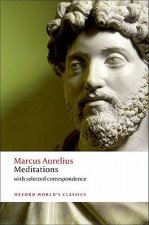
Meditations
8.58 € -22 % -
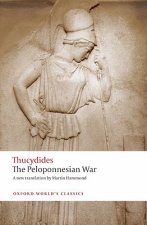
Peloponnesian War
12.32 € -28 % -

King Leopold's Ghost
13.23 € -15 % -

Underground
10.91 € -23 % -

Russian Journal
13.33 € -28 % -

Access to History for the IB Diploma: Causes and effects of 20th-century wars Second Edition
41.54 € -

Pearson Baccalaureate: History Causes and Effects of 20th-century Wars 2e bundle
59.44 € -
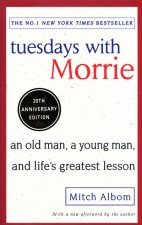
Tuesdays With Morrie
11.11 € -3 % -
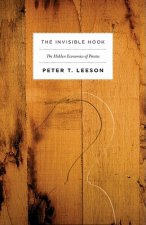
Invisible Hook
16.57 € -16 % -

Sea Peoples of the Bronze Age Mediterranean c.1400 BC-1000 BC
15.26 € -28 % -

Myth of the Andalusian Paradise
23.75 € -23 % -
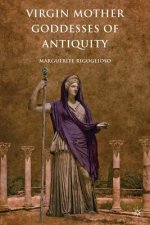
Virgin Mother Goddesses of Antiquity
34.26 € -
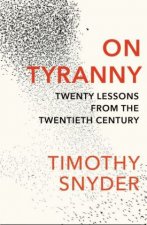
On Tyranny
9.80 € -26 % -

Tuesdays With Morrie
11.11 € -16 % -
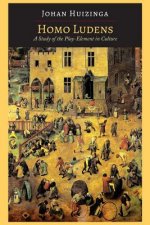
Homo Ludens
12.02 € -

Chickenhawk
12.22 € -22 % -

Fear and Loathing on the Campaign Trail '72
13.33 € -28 % -

The Art of Combat
28.80 € -18 % -
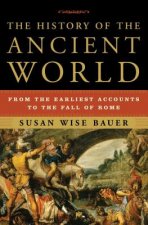
History of the Ancient World
33.15 € -7 % -

Age Of Extremes
17.18 € -22 % -

Age Of Empire
16.57 € -22 % -

Aquariums of Pyongyang
11.31 € -28 % -

Making Medieval Manuscripts
17.18 € -19 % -

Postwar
16.47 € -25 % -
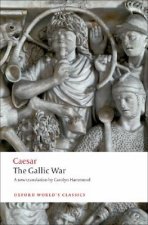
Gallic War
9.29 € -28 %
Collection points Bratislava a 2642 dalších
Copyright ©2008-24 najlacnejsie-knihy.sk All rights reservedPrivacyCookies


 15549 collection points
15549 collection points Delivery 2.99 €
Delivery 2.99 € 02/210 210 99 (8-15.30h)
02/210 210 99 (8-15.30h)